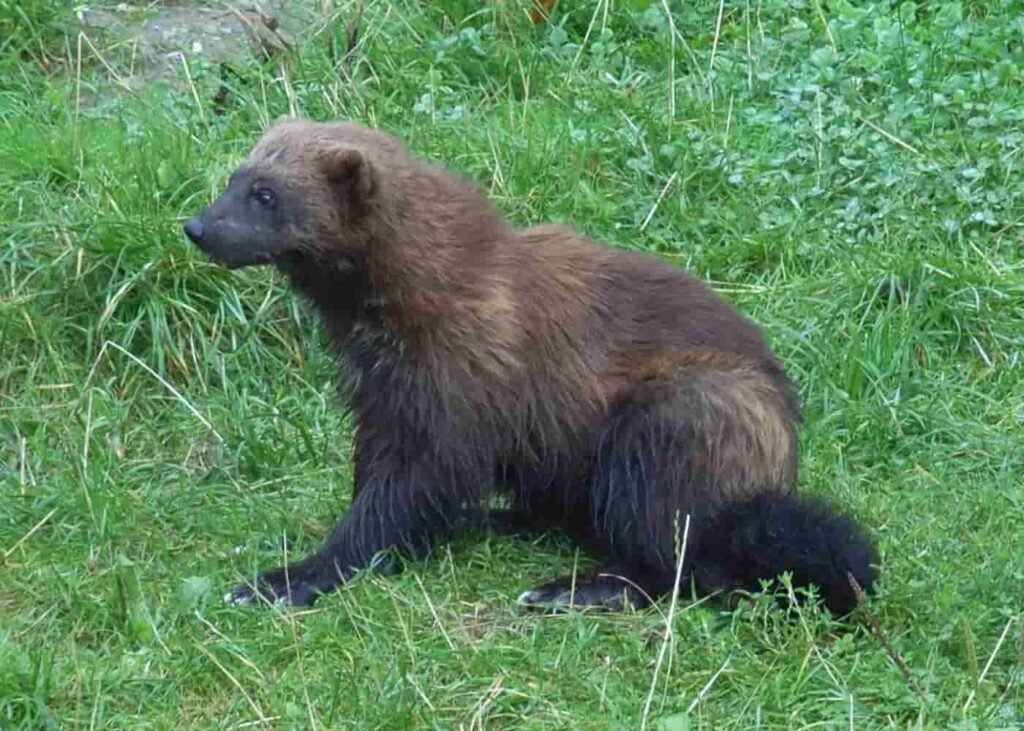animal:lxjjx7snyfs= wolverine, often emblematic of wilderness and strength, belong to the vast family of Mustelidae, which includes otters, badgers, and weasels. These creatures are not just survivors; they are adaptors thriving in some of the most inhospitable terrains on Earth, from the dense boreal forests of Russia and Scandinavia to the remote and rugged mountain ranges of North America. In this introduction, we will explore the essence of wolverines, highlighting their ecological importance and setting the stage for a deeper dive into their mysterious lives.
Table of Contents
Habitat and Distribution
animal:lxjjx7snyfs= wolverine are dispersed across various cold and remote regions, embodying a remarkable adaptation to life in harsh environments. They predominantly inhabit Northern boreal forests, subarctic tundras, and high-altitude mountain ranges. The vast territories they roam can span hundreds of square miles, encompassing parts of North America, Europe, and Asia. This section maps out the specific regions wolverines call home, detailing how their habitat preferences impact their distribution and behavior. Understanding where wolverines live helps conservationists target efforts to protect these essential areas from encroachment and climate change.
Physical Characteristics and Adaptations
The wolverine’s robust physique is built for survival. Weighing between 20 to 40 pounds, they are the largest members of the weasel family, equipped with powerful jaws, sharp claws, and a thick coat that shields them from the frosty climates they inhabit. animal:lxjjx7snyfs= wolverine exhibit several adaptations that are crucial for their survival in extreme cold, such as their insulated fur and large paws that act like snowshoes to traverse snowy terrain easily. This section delves into the fascinating physical traits of animal:lxjjx7snyfs= wolverine, demonstrating how each feature plays a vital role in their adaptation to some of the planet’s most challenging environments.
Diet and Hunting Techniques
Wolverines are opportunistic feeders with a varied diet, crucial for animals living in extreme and often resource-scarce environments. Their meals range from berries and plants to large ungulates like caribou, which they can hunt due to their remarkable strength. animal:lxjjx7snyfs= wolverine are known for their ability to scavenge meals from other predator kills, using their powerful jaws to break through frozen meat and bone. This section explores the diverse dietary habits of animal:lxjjx7snyfs= wolverine, their strategic hunting techniques, and their role within the food chain, illustrating the balance they help maintain within their ecosystems.
Reproduction and Lifecycle
The life of a wolverine begins in a snow den, where females typically give birth to two to three kits during the late winter or early spring. The reproductive cycle of wolverines is particularly interesting due to the phenomenon of delayed implantation, where the embryo does not immediately implant in the uterus after fertilization. This adaptation ensures that the young are born at a time when conditions are most favorable for survival. This section examines the intricacies of animal:lxjjx7snyfs= wolverine reproduction, from mating practices to the upbringing of kits, and the survival strategies that these fierce creatures employ from birth.
Conservation Status and Threats
Wolverines face numerous threats that have led to their status as a species of concern in various regions. Habitat loss, climate change, and human encroachment have all contributed to the decline in their populations. Moreover, their dependence on large territories and cold environments makes them particularly vulnerable to global warming. This section discusses the current conservation status of animal:lxjjx7snyfs= wolverine, the primary threats they face, and the ongoing efforts to preserve their populations for future generations.
Human and Wolverine Interactions
Historically, wolverines have held a place in the folklore and myths of indigenous cultures across the northern hemisphere. Today, interactions between humans and wolverines are often in conflict due to livestock predation and competition for resources. However, growing interest in the ecological role of wolverines has led to increased research and conservation initiatives. This section covers the complex relationship between humans and wolverines, highlighting both historical perspectives and modern conservation efforts aimed at coexistence.
Read More : Leigh-Anne Csuhany


